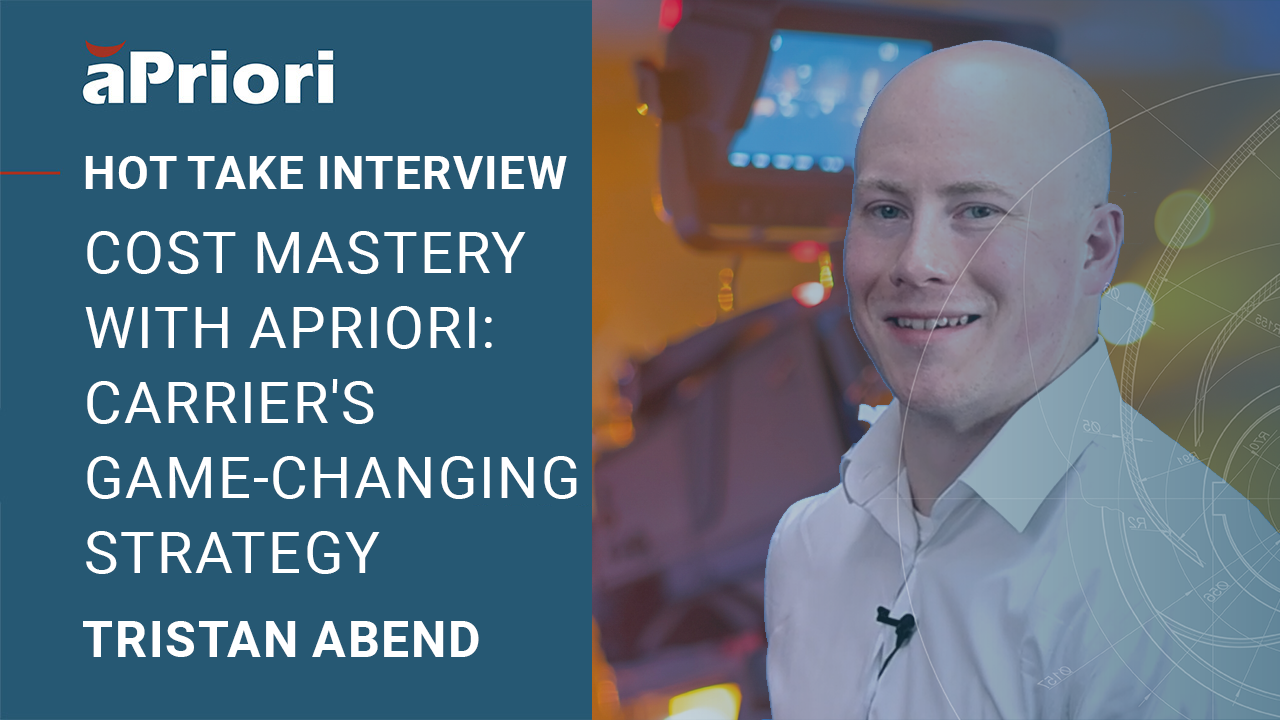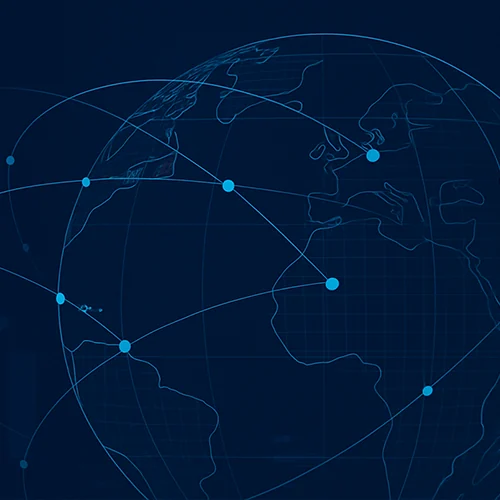Leah Archibald: You started using aPriori really just within the costing department, to solve a problem. And through using aPriori, you really did a transformation where you’re getting buy-in from a lot of different departments. Explain how that happened.
Tristan Abend: Yeah. I mean, when I first started, it was really just me. I was the costing department, and so we’ve transformed since then. In the past four years, we went from just me utilizing aPriori, like you said, just for should-cost, to an organization now that we use it for bread and butter, still should-cost, but we use it in a much broader way, with design engineers actually physically using the tool day in, day out now for the new designs, and us helping service that through training and mentorship, to further going into the new sustainability space, which is really what we’re focusing in on at this conference, because it is the biggest use case that we think we will have going forward.
Leah Archibald: So tell me what kind of costing results you see first, and then we’ll talk about sustainability.
Tristan Abend: Sure, sure, sure. Last year alone, we had $21 to $23 million in potential value that is going back to the BUs now, for… In the terms of projects, design changes, cost avoidance, all rolled up together. That was a huge target, huge lift for our team. This year, we’re projecting out at about $30 million, so we are building up on our success, and we’re really excited about some of the new technologies aPriori is coming out with from an AP workspace perspective, as well as AP analytics, ’cause we’ve really expanded for supply chain to now go in and set those targets for us to really know what we need to go on after. And from a greater Carrier standpoint, we’re supporting organizations that have hundreds of millions of dollars in productivity goals through the use of aPriori.
Leah Archibald: You’ve had some major cost savings.
Tristan Abend: Yes.


